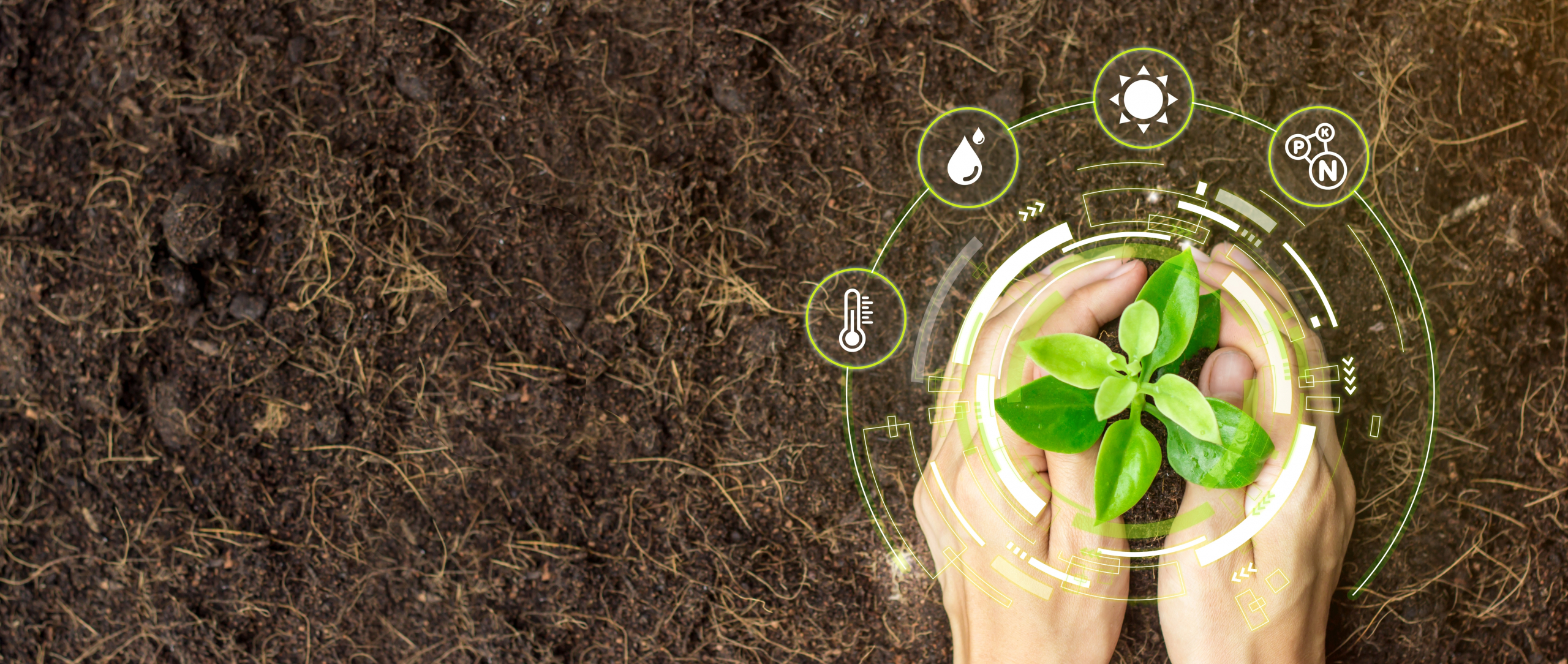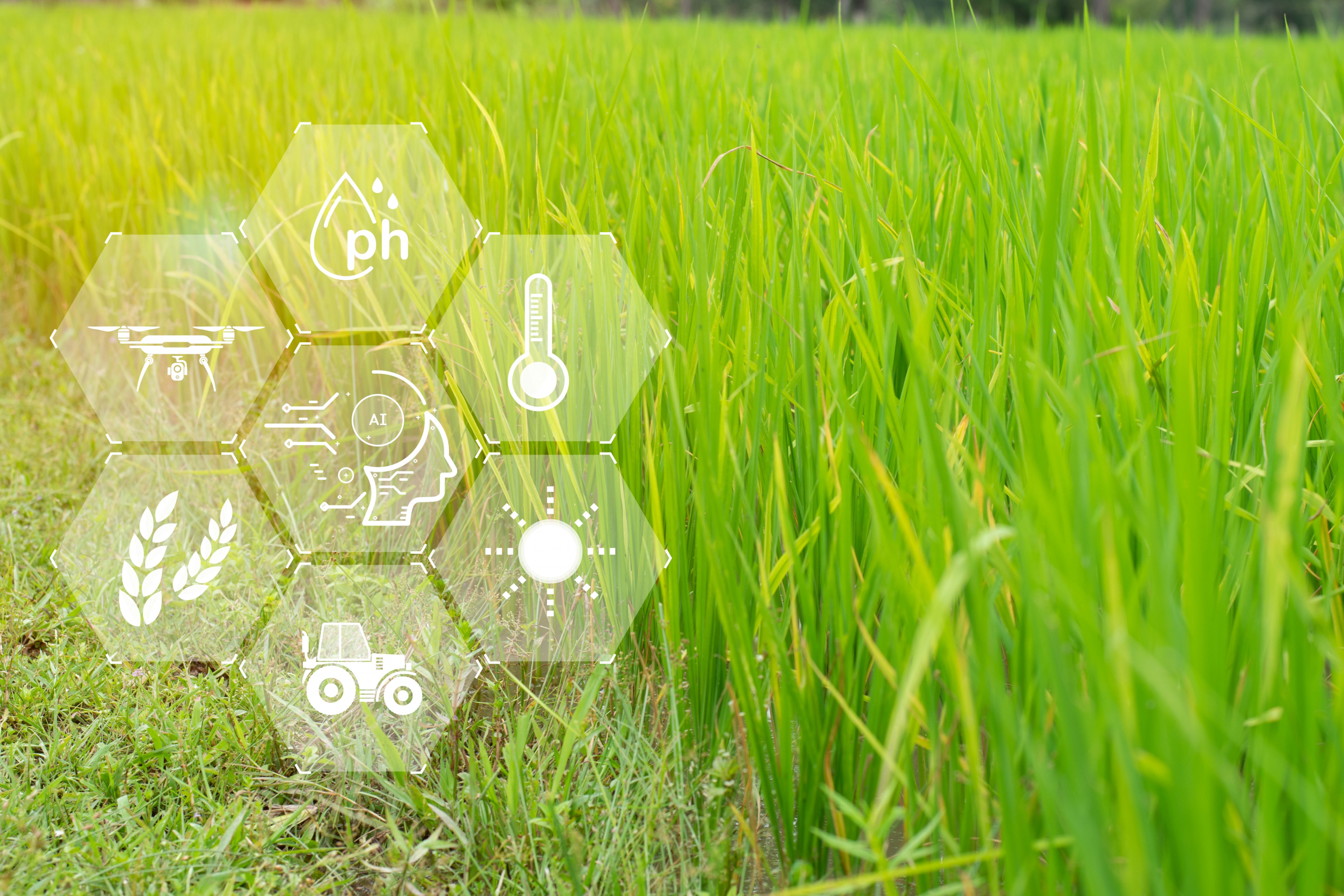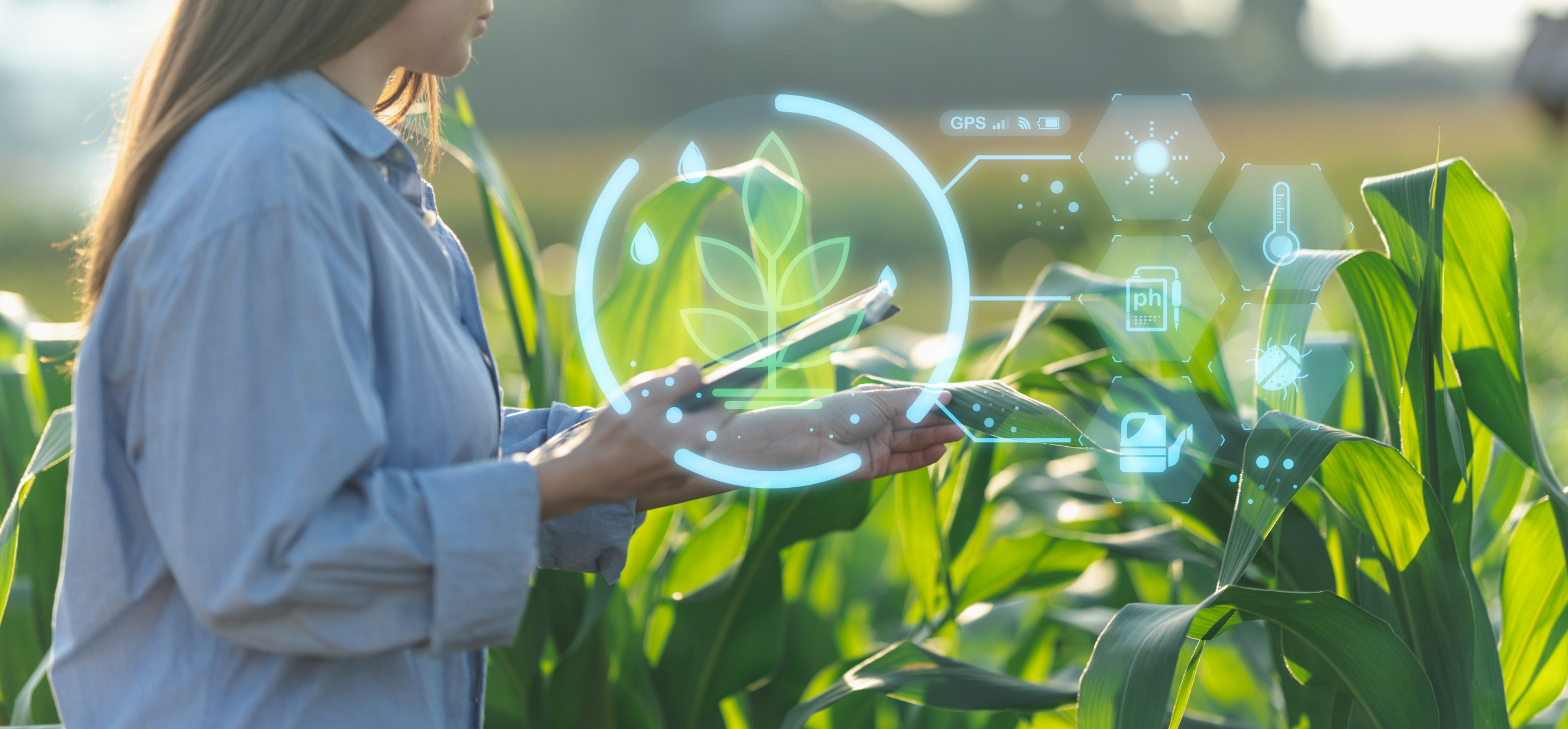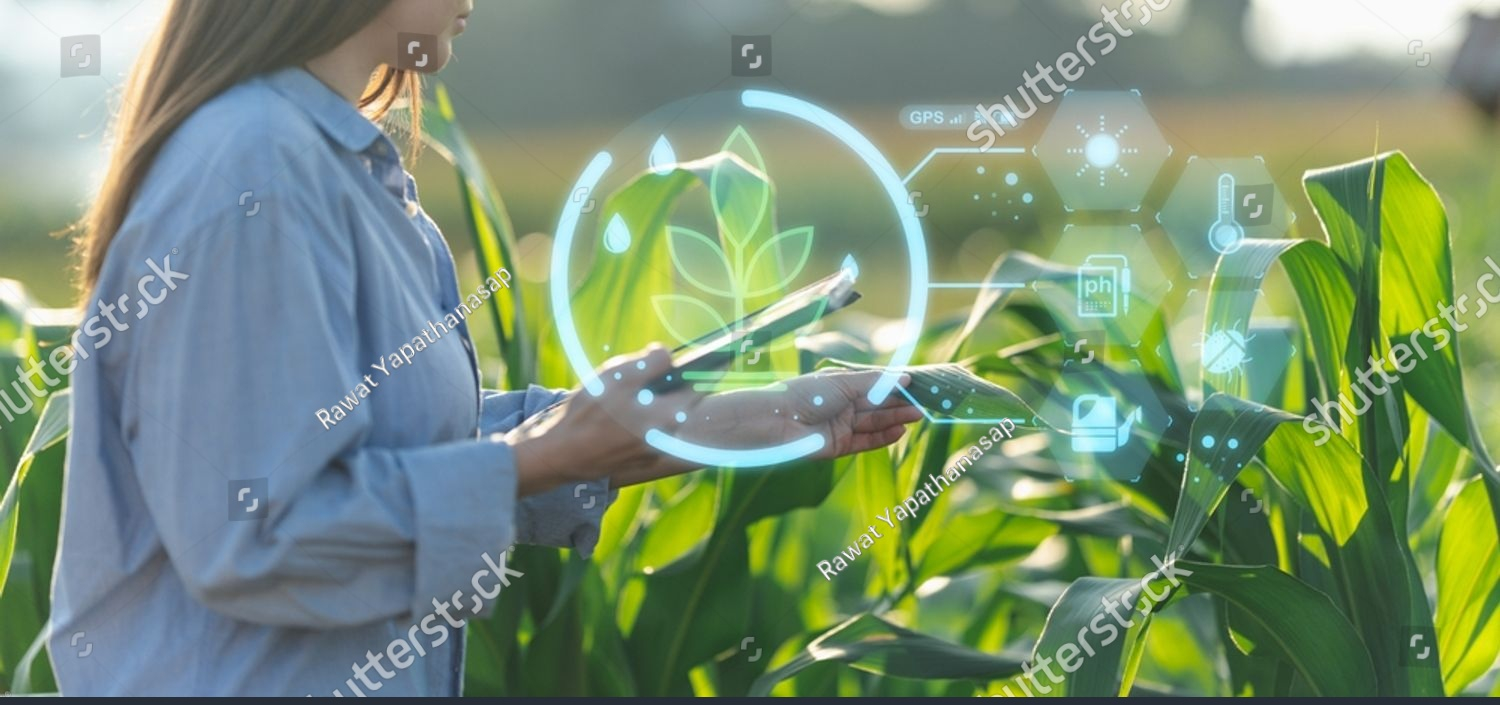Enhancing Agriculture with
Revolutionizing Food Safety
LET’S HARVEST A SAFER TOMMOROW!
AI-powered Digital Twins are transforming agriculture by creating virtual replicas of farms, crops, and equipment. These smart systems enable real-time monitoring, predictive analytics, and data-driven decisions, helping farmers optimize resources, increase yields, and promote sustainable practices.
For further information:
HOW IT CAME TO BE ?
Agriculture faces critical challenges, including resource limitations, climate change, and the need for sustainable food production. Traditional farming methods often fall short in addressing these issues effectively. Digital Twins, powered by AI and advanced computing, emerged as a solution to simulate farm operations, monitor conditions, and provide actionable insights. This technology enables farmers to predict outcomes and make proactive decisions to overcome modern agricultural challenges.
HOW IT CAME TO BE?
Agriculture faces critical challenges, including resource limitations, climate change, and the need for sustainable food production. Traditional farming methods often fall short in addressing these issues effectively. Digital Twins, powered by AI and advanced computing, emerged as a solution to simulate farm operations, monitor conditions, and provide actionable insights. This technology enables farmers to predict outcomes and make proactive decisions to overcome modern agricultural challenges.
BENEFITS?
- Predictive and Proactive: Anticipate issues like crop diseases or nutrient deficiencies before they impact yields.
- Sustainable Practices: Optimize water, fertilizer, and pesticide use to minimize waste and environmental impact.
- Cost-Effective: Reduce operational costs through better planning and resource allocation.
- Real-Time Insights: Make data-driven decisions with up-to-the-minute information on farm conditions.
BENEFITS?
- Predictive and Proactive: Anticipate issues like crop diseases or nutrient deficiencies before they impact yields.
- Sustainable Practices: Optimize water, fertilizer, and pesticide use to minimize waste and environmental impact.
- Cost-Effective: Reduce operational costs through better planning and resource allocation.
- Real-Time Insights: Make data-driven decisions with up-to-the-minute information on farm conditions.






